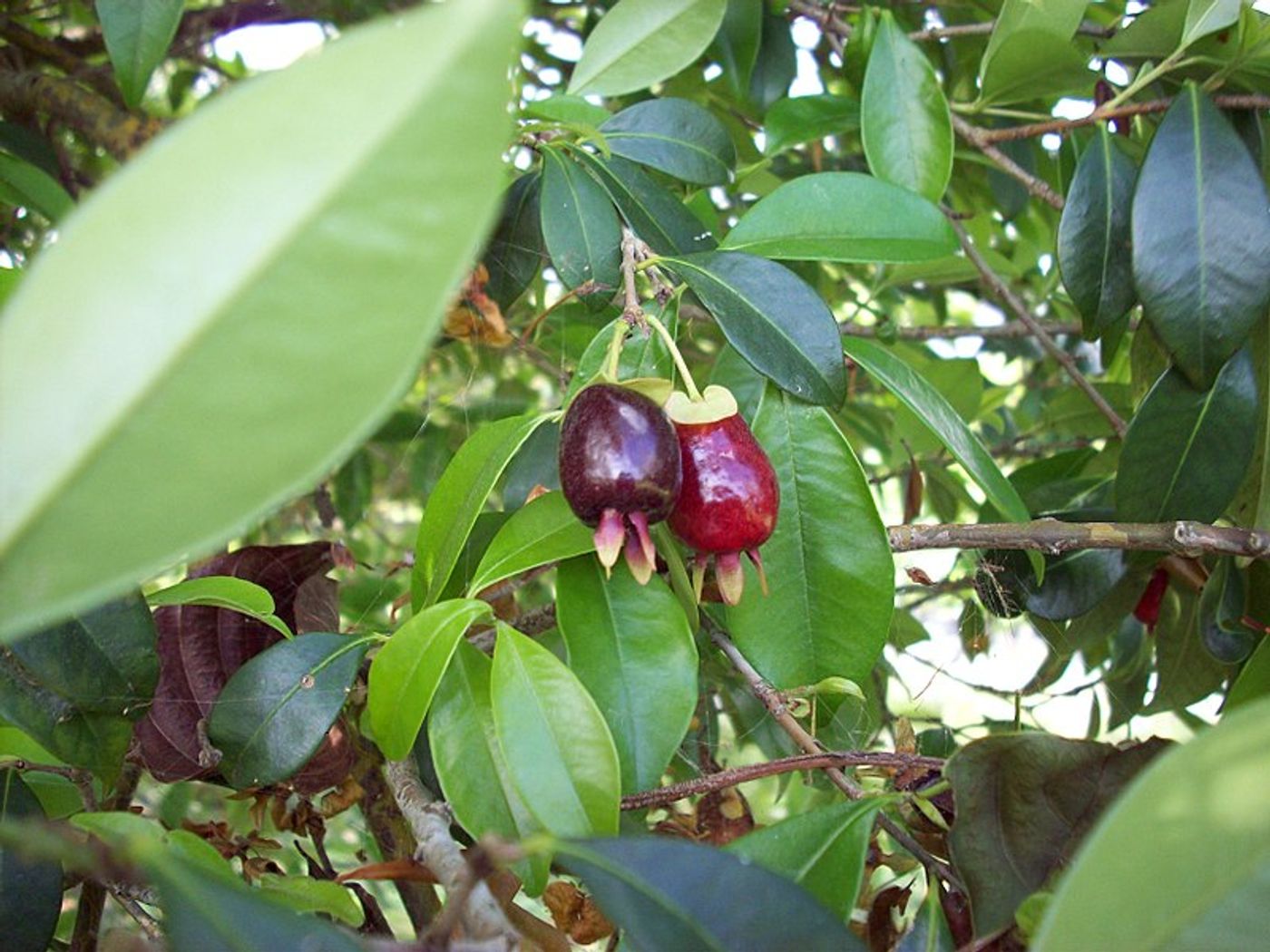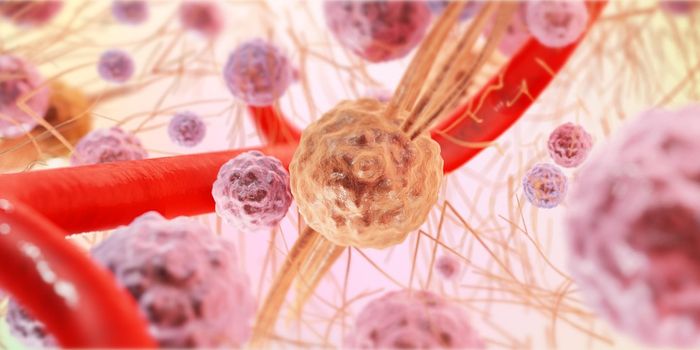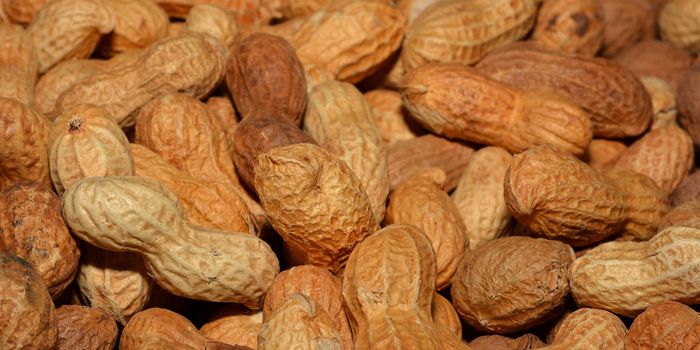Atlantic Rainforest Fruit Trees Have Powerful Antioxidant Properties
Five fruits from trees found in Brazil’s Atlantic Rainforest may be even better for us than blueberries, blackberries and strawberries. Recent research into fruits and vegetables shows that these plant-based foods have unique compounds with antioxidant and anti-inflammatory properties, and scientists studying fruits native to the Atlantic Rainforest appear to have found a brand new source of these compounds.
Together, in a study funded by the São Paulo Research Foundation, scientists from the University of São Paulo's Luiz de Queiroz Agricultural College and the University of Campinas's Piracicaba Dentistry School studied the fruit from five different trees, four of which are all from the same genus, Eugenia:
-
araçá-piranga (E. leitonii)
-
cereja-do-rio-grande (E. involucrata)
-
grumixama (E. brasiliensis)
-
ubajaí (E. myrcianthes)
-
Bacupari-mirim (Garcinia brasiliensis)
These five fruits (and other fruits) contain vitamins and nutrients, but scientists are particularly interested in their bioactive properties, contained in natural chemicals called phytochemicals. David Nieman, DrPH, from the Appalachian State University Human Performance Lab at the North Carolina Research Campus (NCRC), describes phytochemicals as the colorful chemicals in plants that confer a variety of health benefits. He explains that phytochemicals help prevent disease and improve health in a different way than vitamins, minerals, or other nutrients like carbohydrates, fats, and protein. At the NCRC, Nieman studies the ability of phytochemicals to improve exercise performance and recovery.
Two ways that phytochemicals found in fruits and vegetables prevent disease is through their anti-inflammatory and antioxidant abilities. As an antioxidant, phytochemicals can neutralize free radicals, “unstable, highly reactive atoms” that lead to disease. The body can also neutralize free radicals on its own, but this ability can be stunted by aging, stress, and a poor diet.
"The oxidative action of free radicals leads to the appearance of dependent inflammatory diseases, such as diabetes, cancer, arthritis, obesity and Alzheimer's,” explained Pedro Rosalen from the University of Campinas. “These are silent inflammations, hence the importance of antioxidants."
Researchers studying the fruits of Brazil’s Atlantic Rainforest trees say that their potential health benefits are comparable to those obtained from eating blueberries, blackberries, and strawberries. However, claims scientist Severino Matias Alencar from the University of São Paulo, the Brazilian berries appear to be even better.
Specifically, their study involved analyzing the anti-inflammatory and antioxidant mechanisms from phytochemicals found in the leaves, stems, and pup of the fruit from the five tree types. E. leitonii emerged as a shining star, exhibiting the highest anti-inflammatory activity by far. However, E. leitonii is an endangered species.
“The action mechanism is also extremely interesting,” Rosalen explained. “It occurs spontaneously and right at the start of the inflammation, blocking a specific pathway in the inflammatory process. It also acts on the endothelium of blood vessels, preventing leukocytes from transmigrating to the damaged tissue and reducing exacerbation of the inflammatory process."
Rosalen and others are excited about studying the bioactive abilities of these rare fruits in more detail. Alencar says they could even be the “next açaí.”
The present study was published in the journal PLOS ONE.
Sources: São Paulo Research Foundation, North Carolina Research Campus









